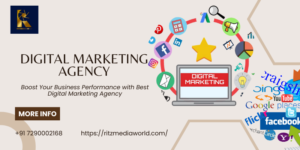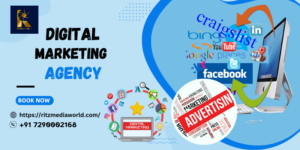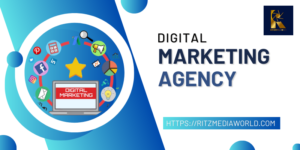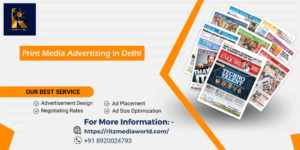In the world of advertising, the two most powerful methods used today are digital and print advertising. While digital advertising is considered to offer many advantages over print advertising today, print advertising is still important and influential.
Digital advertising is a form of marketing that uses the internet and digital devices to reach and engage customers. It encompasses a wide range of activities, including search engine optimization (SEO), pay-per-click (PPC) advertising, display advertising, and social media marketing.

PROS OF DIGITAL ADVERTISING:
Cost-effective: On average digital advertising can be less expensive than print advertising, especially with start-up costs.
Larger reach: Because digital advertising is all online it can reach a larger audience (especially in terms of geographically) than print. People can also interact with your brand online from the comfort of their own homes.
CONS OF DIGITAL ADVERTISING:
High competition: The digital marketing campaign should be well thought out, stand out, grab attention and impact the target audience since the competition has grown many folds recently.
Security and Privacy Issues: Security is the primary requirement for any brand. Hence website protection is something to be executed seriously as a digital marketer.
Authenticity & Fraud: As digital is an overtly democratic platform, there is still a lack of regulation and accountability for fake and counterfeit product advertising.
Print media advertising is all about circulation. It is a form of marketing that involves using physical printed materials to promote a product or service. Common examples of print advertising include newspaper, magazine ads, flyers, and billboards.

PROS OF PRINT ADVERTISING:
Reach Multiple Age Groups: Investing in print advertising can help you to reach multiple age groups with your marketing campaigns. When you’re able to reach a variety of age groups at once, you’re also able to grow your audience faster and increase brand awareness across the board.
A Place for Every Budget: Advertising of any kind is not cheap, but even the local boutique can afford to advertise in the local paper, which is a good fit for reaching the majority of its customers.
Trust and regulation: Print media is a well-regulated industry with a well-defined structure of accountability. So this avenue of advertising adds to an element of trust for your brand.
CONS OF PRINT ADVERTISING:
Fixed Schedule: Print advertising is scheduled once per day. You don’t have that much flexibility to quickly change the parameters of your campaign publishing.
Not Ideal for Global Advertising: If you’re looking to advertise internationally, and want to take advantage of print advertising, your best option is to print and mail from within each country you’re looking to advertise in.
While you could go about advertising your brand using one of these advertising methods alone, the best course of action is to actually use both digital and print advertising together in order to get the most value out of your money.
When you advertise through Ritz Media World, You are advertising with an agency that holds decades of experience in Advertising across the nation. This enables us to optimize the cost and effectiveness of your campaign through a well-thought-out media planning strategy.
Ritz Media World was also recently awarded by ‘The Economic Times’ as ‘The Most Trusted Advertising Agency In Delhi NCR’.
You can call us, Write to us, or just drop us a message on our contact us page.
Happy Advertising.







